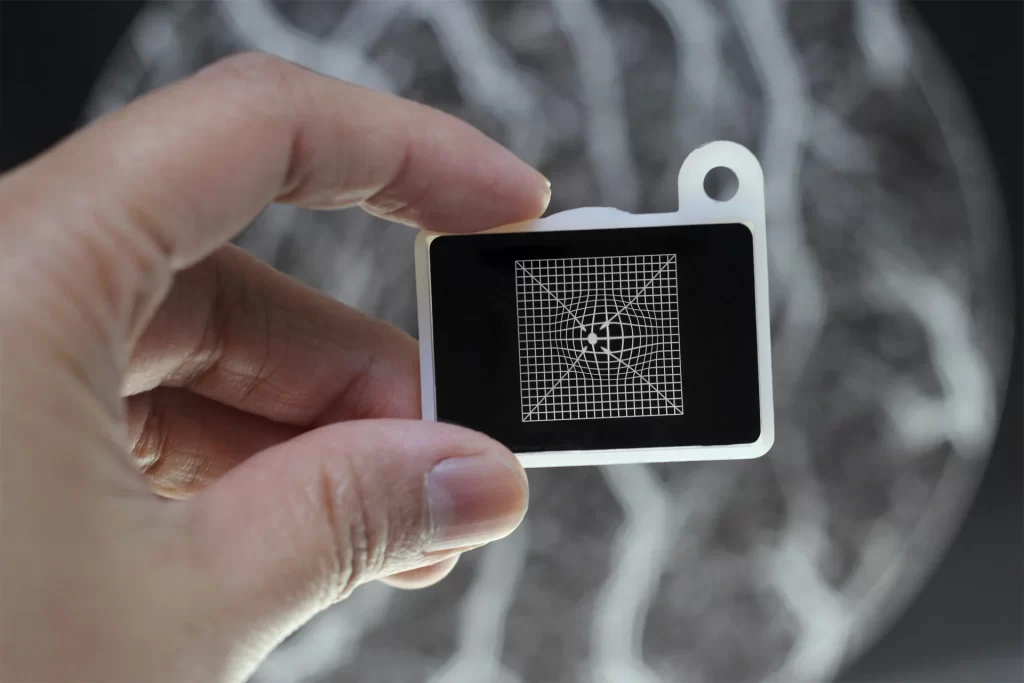
ERM is characterised by the development of a thin layer of scar tissue on the macula. It can occur due to:
As the membrane thickens and contracts, it can distort the retinal structure, leading to visual symptoms.
It is also known as macular pucker or cellophane maculopathy.
This membrane can thicken and contract causing the retina structure to distort leading to the visual symptoms of blurry or distorted vision, difficulty in reading or recognising faces, and poorer central vision. You may find that door frames, window grills, or road markings appear wavy or crooked. Some individuals may also experience a gray or cloudy area in their central vision.
If you suspect you have an epiretinal membrane, it is important to be examined by an ophthalmologist or retina specialist. A thorough eye review, which will involve pupil dilation and the use of specialised imaging techniques such as slit lamp biomicroscopy or optical coherence tomography (OCT), will be performed to diagnose the condition and assess its severity.


The main surgical procedure for epiretinal membrane is vitrectomy, a surgery that involves removing the vitreous gel inside the eye and carefully peeling off the scar tissue from the macula. For some cases, additional steps such as laser and gas injection may be required.
Surgery for ERM has a good success rate, and most patients experience improved visual acuity and decreased metamorphopsia following vitrectomy. However, it is important to note that complete restoration of vision is not always achievable, especially if there was pre-existing macular damage. Visual recovery can vary from person to person, with improvement and stabilisation occurring over a period of weeks to months after surgery.
Post-operative care is crucial to ensure proper healing and optimise the chances of a successful outcome. After the surgery, the ophthalmologist will provide instructions regarding the use of prescribed eye drops, restrictions on strenuous activities or heavy lifting, and the need for regular follow-up appointments.
For a detailed eye assessment or personalised recommendations on treatment, reach out to us – We look forward to bringing back the light into your life.
Bus services (bus stop 13019): 7, 75, 77, 105, 106, 123, 174, 174E
For more information on shuttle services and parking, please refer to this link (https://www.gleneagles.com.sg/plan-your-visit/getting-here).